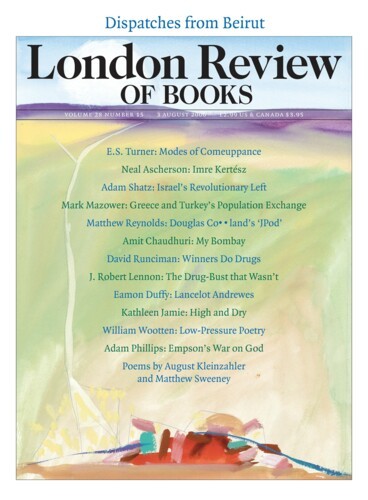For white he used toothpaste,
for red, blood – but only his own
that he hijacked just enough of each day.
For green he crushed basil in a little
olive oil. His yellow was egg yolk,
his black, coal dust dampened with water.
He tried several routes to blue
before stopping at the intersection
of bilberry juice and pounded bluebells.
His brown was his own, too, applied
last thing in the day before the first
Laphraoig, and the stone jug of ale.
He used no other colours, but his tone
was praised by Prince Haisal, no less,
which got him a rake of commissions
and a residency-offer in Kuwait
which he turned down. At home
the Royal Family was less generous
so he painted them all, in a series
that came to be called his brown period,
though this was strictly incorrect.
He never exhibited with other painters,
never drank with them, spoke of them –
never even spat at their work.
A cave in the Orkneys was his last dwelling
and he rode a horse to his studio.
There were no people in these paintings,
which were found piled up on one another
inside the cave, with no sign of him,
and on top was a depiction of a black moon.
Send Letters To:
The Editor
London Review of Books,
28 Little Russell Street
London, WC1A 2HN
letters@lrb.co.uk
Please include name, address, and a telephone number.

